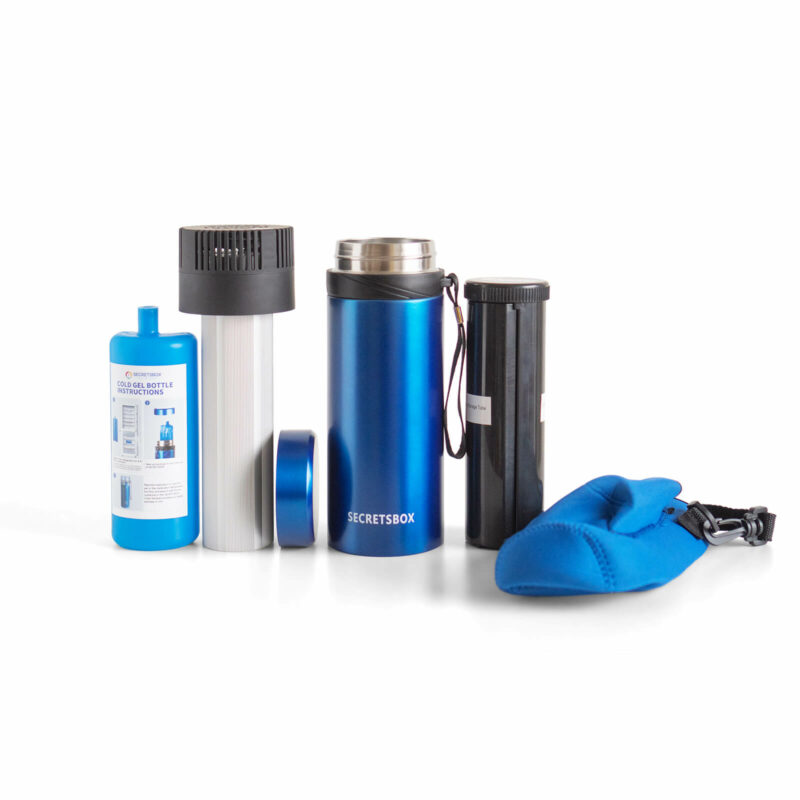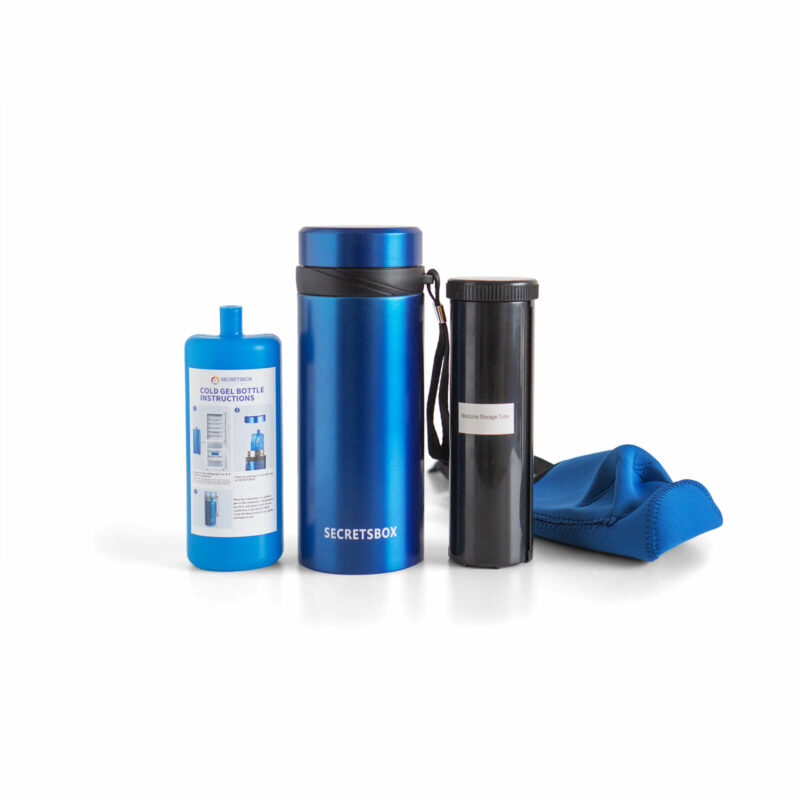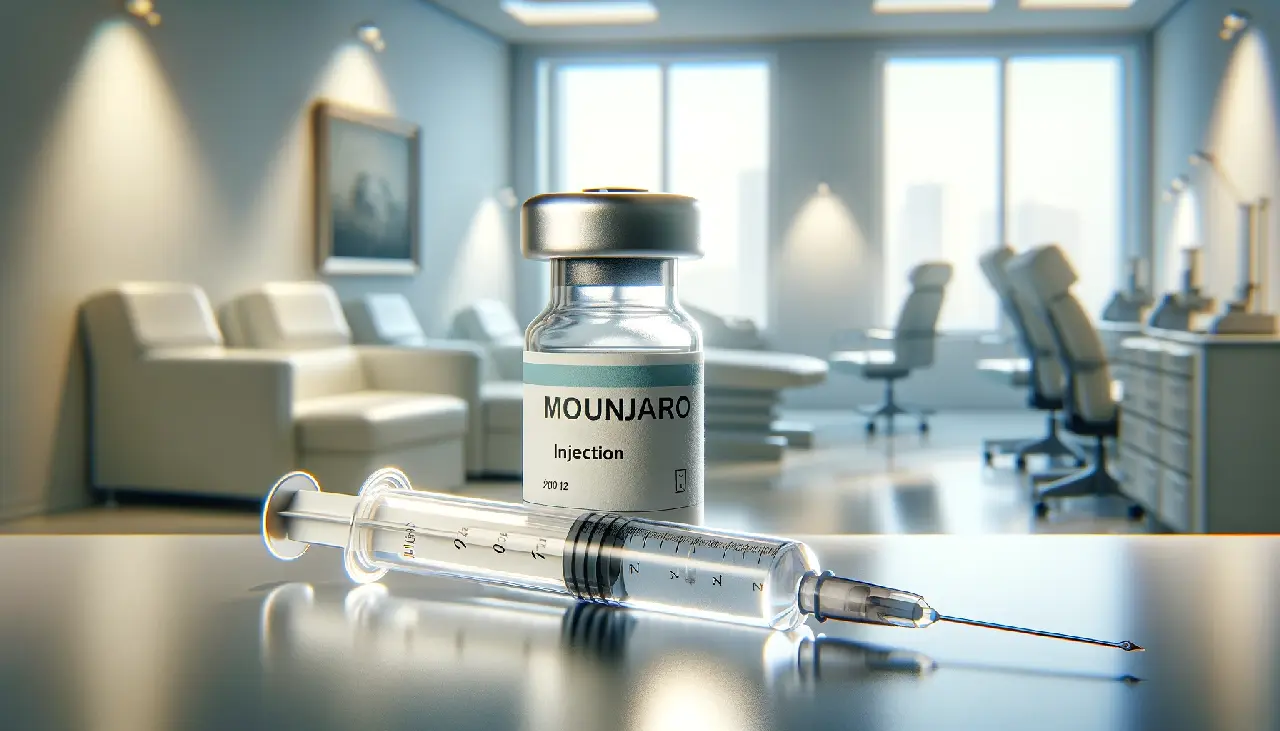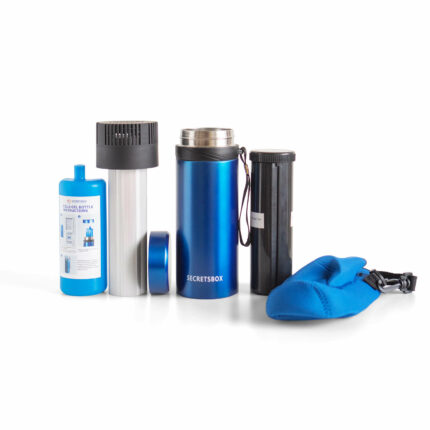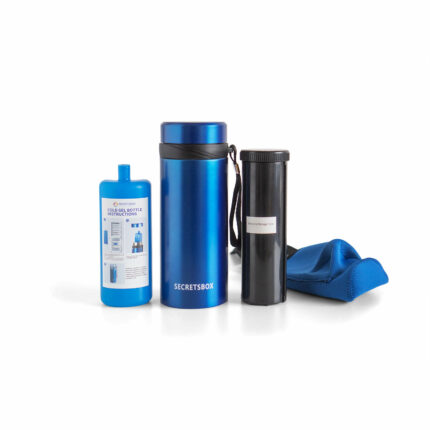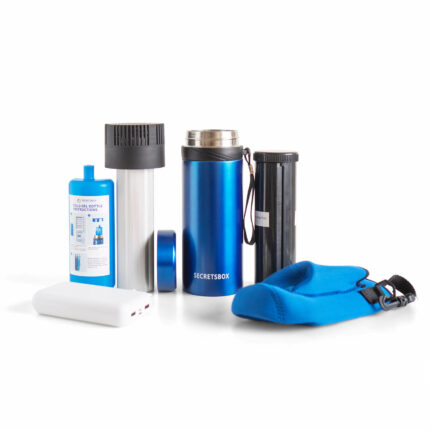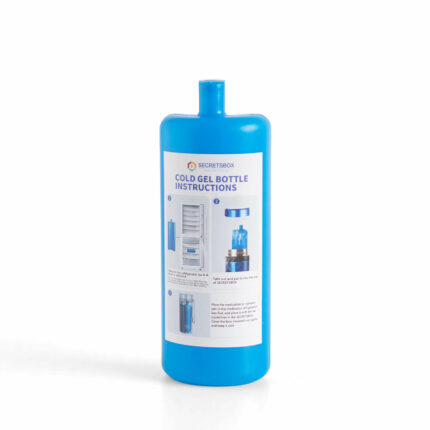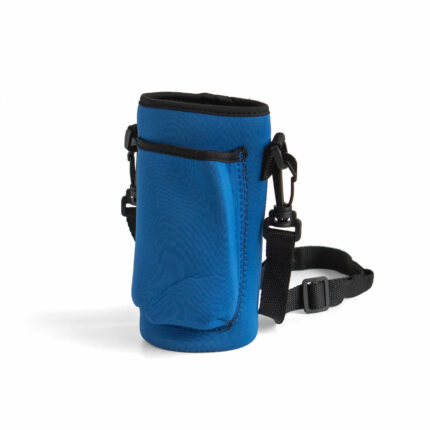What are Mounjaro and Trulicity?
Mounjaro (tirzepatide)
Mounjaro® is primarily used for treating adults with type 2 diabetes mellitus. It is available in various dosages and is administered as a weekly subcutaneous injection. The FDA approved Mounjaro based on the SURPASS study, which demonstrated its efficacy in reducing hemoglobin A1c and blood sugar levels. However, it is not suitable for people with type 1 diabetes, pancreatitis, or children under 18 years of age.
Trulicity (dulaglutide)
Trulicity®, also for type 2 diabetes, was FDA-approved in 2014. It is injected subcutaneously once a week and comes in different dosages. Trulicity not only helps in reducing blood sugar levels but is also approved to reduce the risk of serious cardiovascular problems in certain patients.
How Do They Work?
Both Mounjaro and Trulicity are classified as incretin mimetics, which are a type of medication that mimics the incretin hormones. These hormones are released after eating and stimulate insulin release from the pancreas. The medications also slow down gastric emptying, which helps in controlling blood sugar levels.
Efficacy in Reducing Blood Sugar and Weight Loss
Mounjaro
Mounjaro has shown significant efficacy in reducing A1c levels and promoting weight loss. The SURMOUNT-1 clinical trial reported considerable weight loss across various dosages of Mounjaro over a 72-week period. It is also under study for its potential to reduce cardiovascular events.
Trulicity
Trulicity is effective in reducing A1c levels, but its impact on weight loss is not as pronounced as Mounjaro. It can be prescribed off-label for weight loss in patients with obesity or overweight. Clinical trials have indicated that Trulicity promotes weight loss when used alongside lifestyle changes.
Trulicity Side Effects
The side effects of Trulicity can range from common, mild symptoms to more severe ones:
- Gastrointestinal Issues: The most frequent side effects are gastrointestinal-related, including nausea (up to 21.1%), diarrhea (up to 13.7%), and vomiting (up to 11.5%). Abdominal pain, dyspepsia, constipation, and flatulence are also common.
- Hypoglycemia: When combined with other diabetes medications like sulfonylurea or insulin, Trulicity can lead to hypoglycemia (low blood sugar), with symptoms like shakiness, anxiety, sweating, hunger, irritability, and tingling or numbness in the lips, tongue, or cheek. In more severe cases, it can cause confusion, visual disturbances, seizures, or even loss of consciousness.
- Hypersensitivity Reactions: Though less common, systemic hypersensitivity reactions like severe urticaria, systemic rash, facial edema, lip swelling, and even anaphylactic reactions can occur.
- Kidney Issues: Severe gastrointestinal side effects leading to dehydration have been reported to worsen existing kidney problems.
- Vision Changes: Rapid improvements in blood glucose levels can temporarily worsen diabetic retinopathy, a condition affecting the retina.
- Pancreatitis: There were more reports of pancreatitis in patients using Trulicity compared to those not using incretin mimetics.
- Cardiovascular Effects: A mean increase in heart rate and cases of sinus tachycardia have been observed.
- Medullary Thyroid Carcinoma: Although very rare, there has been at least one reported case of this type of thyroid cancer in patients treated with Trulicity.
The gastrointestinal side effects like nausea generally subside after the first two weeks of treatment. It’s important to discuss any concerns or symptoms with your healthcare provider, especially if they persist or worsen.
Mounjaro Side Effects
The side effects of Mounjaro are not detailed in the sources referenced for this response. However, like Trulicity, it is a medication used for type 2 diabetes and may have similar side effects, particularly as it also belongs to the class of GLP-1 receptor agonists. It is crucial to consult the specific prescribing information for Mounjaro or discuss with a healthcare provider for accurate and detailed information on its side effects.
When considering either of these medications, it’s essential to weigh the benefits against the potential risks and side effects. The suitability of either medication depends on individual health conditions and response to treatment, and should always be discussed with a healthcare provider.
Price and Availability
Both Mounjaro and Trulicity are available as subcutaneous solutions, but there are no lower-cost generics available for either. Mounjaro is slightly more expensive than Trulicity.
Duration of Effect in the Body
How Long Does Trulicity Stay in Your System?
Trulicity (dulaglutide) has a half-life of approximately 120 hours, meaning it takes about 5 days for its concentration in the bloodstream to decrease by half. Consequently, it could take around 20 to 25 days for Trulicity to be fully eliminated from your system.
Which is Right for You?
The choice between Mounjaro and Trulicity depends on individual factors like health history, genetics, and the ability to incorporate lifestyle changes. Both drugs have shown effectiveness in treating type 2 diabetes, with Mounjaro having a slight edge in terms of efficacy in blood sugar control and weight loss. However, Trulicity has a longer track record and may be more suitable for certain patients, especially considering its cardiovascular benefits. It’s essential to consult with a healthcare provider to determine the best medication for your specific needs.
